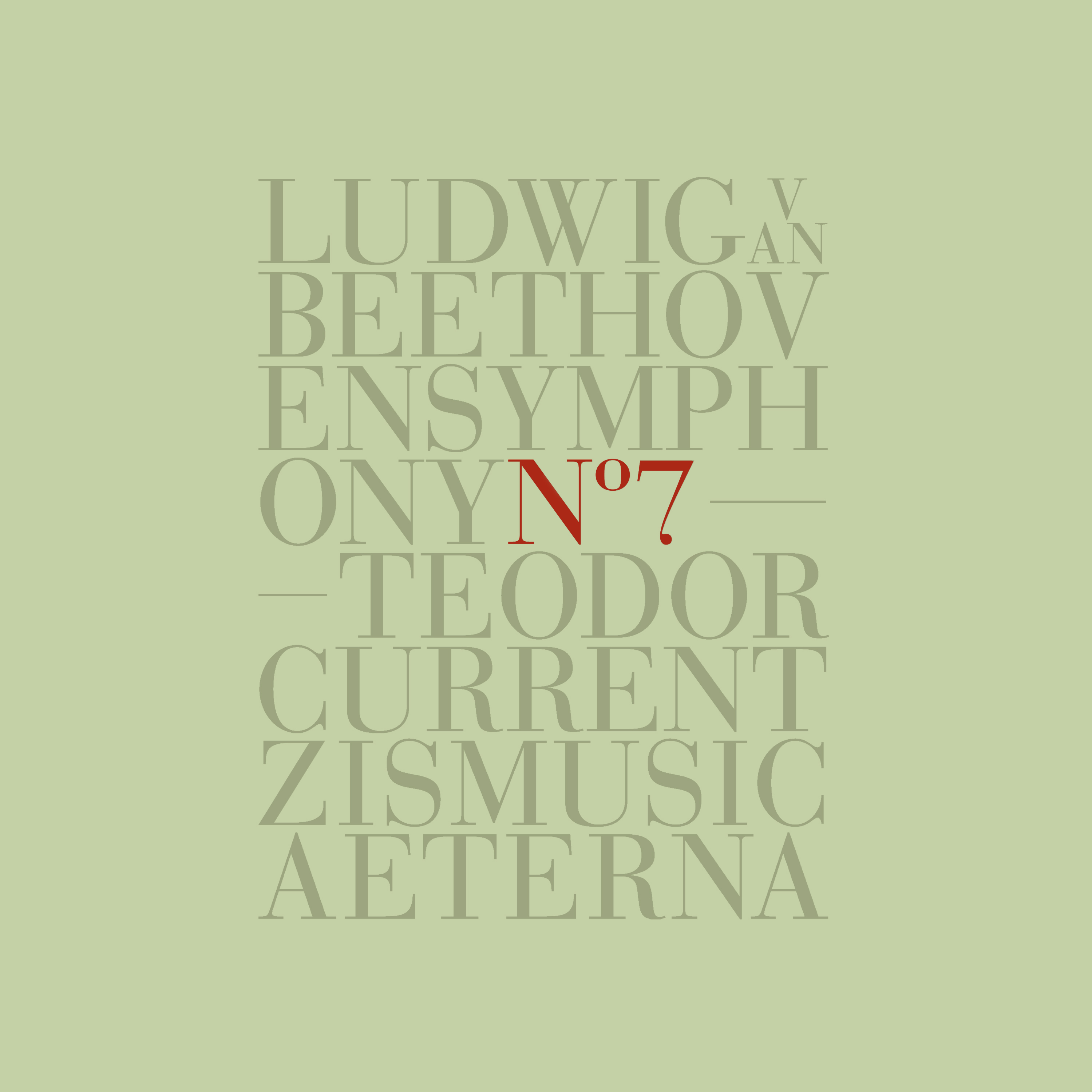
The Ninth Symphony in D minor, Opus 125, composed by Beethoven in 1822 to 1824, was dedicated to Friedrich Wilhelm III, King of Prussia, and first performed in Vienna on the 7th May 1824. Gustavo Dudamel and the Simón Bolívar Orchestra tear into Beethoven’s Seventh with tremendous gusto offering playing of intermittently impressive virtuosity.Beethoven: The Ninth Symphony with choir in D minor, Opus 125 BIS supplies a vivid SACD recording, and the disciplined playing makes this release a formidable contender. The third movement scherzo combines dynamism with touches of unbuttoned humour while the Allegretto is warm and expressive.

The result is compelling, as fervent rhythms, accented sforzandos and stark contrasts in dynamics and articulation bring a volcanic energy to the orchestration and a rawness that makes evident the revolutionary daring of Beethoven’s musical expression.įrom the rhythmically articulated, forward-thrusting opening bars and the miraculously quietascending string semiquavers that ensue, it’s evident that Vänskä has something individual to say about the score, and his interpretation holds your attention spellbound during each movement. Both orchestra and conductor seem to be engaged on an exciting voyage of rediscovery, as if they are intent on restoring the vibrant colours of an age-old masterpiece. Yet there’s still something even more dynamic in John Eliot Gardiner’s performance. And many recent recordings of the Seventh acknowledge this (for example Thomas Dausgaard and Paavo Järvi) by trying to replicate the sonorities with which Beethoven was familiar in terms of modern instruments. Period performance has exercised a profound impact on our present day approach to Beethoven. Orchestre Révolutionnaire et Romantique (1995) Outstanding playing from the Leipzigers and Decca’s immediate sound make this a desirable recording. Yet Chailly can also inspire moments of delicacy, with the third movement scherzo achieving an almost Mendelssohnian lightness of articulation while the string fugato in the middle of the Allegretto combines energy and dynamism with mystery.
#Youtube beethoven 7th symphony full
The climactic passage of the first movement, with the horns at full throttle, is a thrilling moment. Despite using a full-sized orchestra, conductor and orchestra achieve a miraculous transparency through a leaner string tone which allows woodwind, brass and timpani to cut through the texture with amazing impact. Riccardo Chailly takes on the mantle of Arturo Toscanini, offering a vibrant, rhythmically taut and classical view of the score with brisk speeds. The Berlin Phil responds to his every nuance, only faltering briefly at the outset of the finale, while the recorded sound has great presence.īuy from Amazon Three more great recordings There’s an overwhelming sense of melancholy and emotional intensity to the first climax of the second movement Allegretto. Incidental details are noteworthy, such as the subtly elegant phrasing of the oboe melody in the introduction to the first movement, or the way Abbado negotiates the Transition from the introduction to the main allegro. Claudio Abbado’s Berlin recording achieves this in abundance, investing significancenin each phrase, employing a vast range of dynamics, from a magical pianissimo to the most powerful fortissimo, while paying attention to the musical narrative. Arturo Toscanini set the bar high thanks to his barnstorming account with the New York Philharmonic from 1936.Īfter this, vastly different approaches to the score were offered by such conductors as Wilhelm Furtwängler, Otto Klemperer and Hermann Scherchen, while the mid 1970s recording by Carlos Kleiber and the Vienna Philharmonic deserves a special place in any collection.Įach of the recordings that stand out manages to remind us of the original compositional skills at work. Well over 100 conductors have recorded Beethoven’s Seventh with many setting down several versions.

The best recording Beethoven’s Symphony No. One critic suggested that the composer had exploited disagreeable eccentricities for their own sake and a daring sequence of chromatic harmonies in the first movement allegedly led Weber to declare that Beethoven was ‘now only fit for the madhouse’. But not everyone was so favourably disposed.


The audience gave the work a favourable reception and demanded that the second movement be encored. Read reviews of the latest Beethoven recordings here.The best recordings of Respighi’s Pines of Rome.


 0 kommentar(er)
0 kommentar(er)
